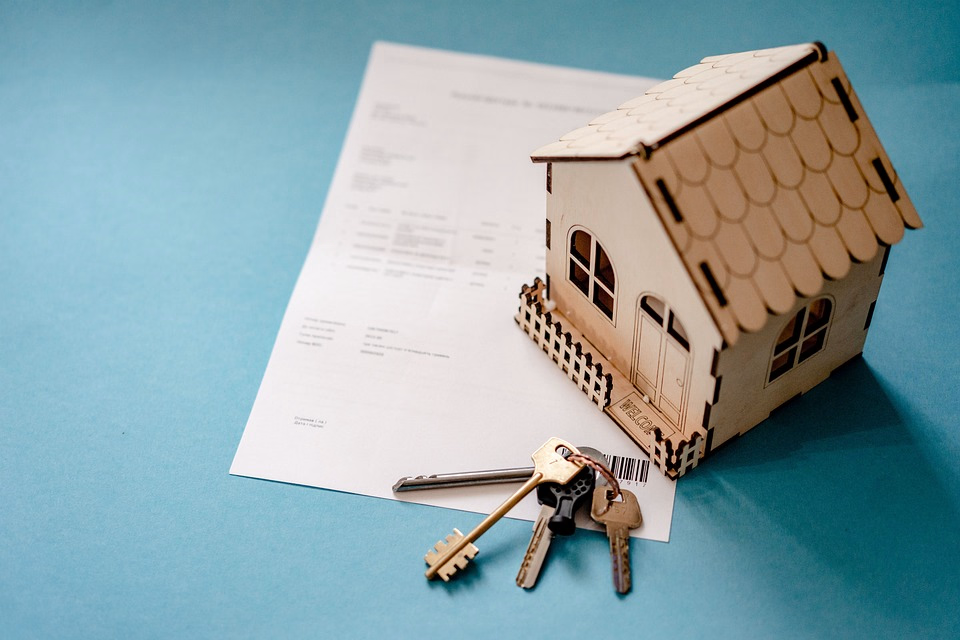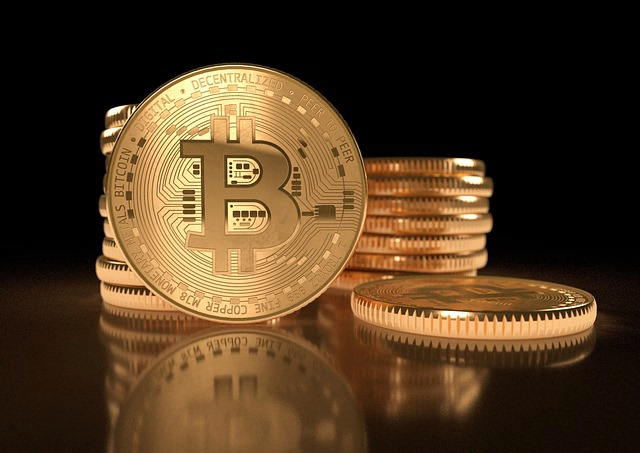What Is a Cryptocurrency Wallet? Beginner’s Guide to How It Works
Carrying piles of cash without a wallet or bag is risky. The money could slip away or be taken by anyone. Cryptocurrency works the same way. Without a secure place to store it, your digital assets are vulnerable. That’s where a cryptocurrency wallet comes in. It provides a safe, organized, and reliable way to protect your coins while giving you control over how you use them
A cryptocurrency wallet isn't a leather pouch or a pocket. It's a digital tool that keeps your private keys and allows you to access your coins. Without it, holding crypto would be nearly impossible. Every year, millions of newcomers enter the crypto space, and their first question usually is: How do I keep my Bitcoin or Ethereum safe?
This guide will simplify everything using plain language. You'll discover what a crypto wallet is, how it operates, the various types available, and tips for securing your coins. By the end, you'll understand precisely why wallets are the most crucial element of the crypto journey.
What Is a Cryptocurrency Wallet?
A cryptocurrency wallet is a tool or application that enables you to send, receive, and store digital currency. Rather than storing coins like a physical wallet, it keeps the private keys that give you access to your funds on the blockchain.
Imagine private keys are like your PIN, and public keys are like your bank account number. To receive funds, you simply share your public key. To make a purchase, you sign the transaction with your private key. Losing your private key means your coins are lost forever.
The primary function of a crypto wallet is to provide control. Unlike traditional banks, wallets allow you to own your funds without depending on an institution. It's a powerful freedom, but it carries responsibility. This is the reason understanding how wallets function is crucial before you buy or trade crypto.
How Do Cryptocurrency Wallets Work?
To complete a transaction on the blockchain, you need two components: a public address and a private key. Your wallet creates both for you. Think of the public address as your email address and the private key as your password.
Your wallet uses your private key to sign the transaction when you send crypto. The blockchain verifies that the key and address match before it approves the transfer. The coins don't actually move into your wallet. They stay on the blockchain ledger. Your wallet just shows that you own them.
A seed phrase, a list of words created when you first set up the wallet, is included in most wallets. This phrase can help restore your wallet if your phone or computer breaks. But if you lose it, you lose access forever. This is why setting up your wallet is one of the most crucial steps in becoming a crypto owner.
Types of Cryptocurrency Wallets
Not all crypto wallets work the same way. Each type offers different levels of security, access, and convenience. Let’s explore the main types of cryptocurrency wallets and see which one fits your needs best.
1. Cold Wallets
Cold wallets store crypto offline. They’re the safest choice if you plan to hold coins long term. USB devices or hardware wallets are common examples. Since they aren’t online, they’re harder to hack, but less handy for quick transactions.
2. Hardware Wallets
These are physical devices that store your private keys securely. They plug into your computer or phone when needed. Hardware wallets are trusted by serious investors who want the highest level of protection.
3. Software Wallets
Software wallets come as apps on your phone or desktop. They let you send, receive, and manage crypto quickly. While user-friendly, you need strong passwords and updates to reduce risks.
4. Mobile Wallets
Mobile wallets are apps built for smartphones. They’re ideal for paying or trading on the go. Many also connect with QR codes, making them simple for daily use.
5. Paper Wallets
Paper wallets are printed with QR codes holding private and public keys. They can’t be hacked online, but you must protect the paper. If you lose it, you lose access to your crypto forever.
Why a Cryptocurrency Wallet Is Important
A cryptocurrency wallet is essential if you want full control of your digital assets. Without one, you rely on exchanges that may be hacked or shut down.
The primary role of a wallet is to protect your private keys. These keys prove you own your crypto. If someone gains access, they control your funds.
Wallets also make sending and receiving crypto simple. You get a public address for deposits and use your private key for transactions. This system keeps your assets secure while still being easy to use.
Another reason wallets are essential is flexibility. You decide how to store your coins. Hot wallets are good for daily use, while cold wallets protect large holdings.
Owning a wallet gives you independence. You are not tied to a single platform or company. Your crypto remains under your control, no matter where you are.
In short, a wallet is more than a storage tool. It is your safeguard, your key to transactions, and your proof of ownership in the crypto world.
How to Set Up a Cryptocurrency Wallet
Setting up a cryptocurrency wallet is simple once you know the steps. Start by choosing the type of wallet that suits your needs. Hot wallets are quick for daily use, while cold wallets are safer for long-term storage.
Download the wallet app or purchase a hardware device from a trusted source. Follow the instructions to install or activate it. During setup, you’ll be given a recovery phrase. Please write it down on paper and store it safely offline. Never share it with anyone.
Next, create a strong password to protect access. If two-factor authentication is available, add it. Security is critical because it cannot be recovered once crypto is stolen.
After setup, your wallet will generate a public address. This is the key you share to receive funds. Your private key, on the other hand, must stay hidden and secure. It proves ownership of your crypto.
Once your wallet is ready, test it with a small transaction. Send and receive a small amount to confirm everything works. Following these steps ensures your wallet is secure and ready for real use.
How to Use a Cryptocurrency Wallet for Transactions
Using a cryptocurrency wallet is simple once you know the steps. First, set up your wallet and back up the recovery phrase. Without it, you risk losing access to your coins.
To receive crypto, share your public wallet address. This is like your account number. Anyone sending funds will need that address. Always double-check it, because transactions cannot be reversed once sent.
To send crypto, open your wallet, enter the recipient’s address, choose the amount, and confirm. Most wallets show the network fee before you approve. Fees vary based on the blockchain in use.
For everyday use, mobile wallets work best. They let you scan QR codes for quick payments. Hardware wallets are better for larger amounts that you don’t spend often.
Always confirm details before sending. A small mistake can cost you money. Use trusted wallets and keep your private keys secure. Treat your wallet like a bank, because it holds real value.
Learning these simple steps allows you to safely use a cryptocurrency wallet for daily transactions and long-term storage.
5 Steps to Send Crypto Safely
Step 1: Set Up Your Wallet
- Download a trusted wallet app or use a hardware wallet.
- Back up your recovery phrase securely.
Step 2: Add Funds
- Buy crypto from an exchange.
- Transfer it to your wallet using your public address.
Step 3: Enter Recipient Details
- Open your wallet and choose “Send.”
- Paste or scan the recipient’s wallet address.
Step 4: Confirm Amount and Fees
- Enter the amount of crypto you want to send.
- Review the network fee displayed before approval.
Step 5: Send and Verify
- Confirm the transaction.
- Wait for blockchain confirmation (usually minutes).
- Check your wallet history to verify success.
Extra Tip: Always double-check the wallet address before sending. Crypto transactions cannot be reversed.
How to Choose the Best Cryptocurrency Wallet
Choosing the right cryptocurrency wallet depends on how you plan to use it. Start by asking yourself if you trade often or hold long-term coins. Frequent traders may prefer hot wallets because they are fast and easy to access.
If security is your top concern, a cold wallet like a hardware device is better. These wallets stay offline, making them harder for hackers to reach. Paper wallets are also safe, but risky if you lose the printed keys.
Check if the wallet supports the coins you plan to store. Some wallets work only with Bitcoin, while others support many tokens. Look at extra features, like QR code scanning, two-factor security, or backup options.
Another key factor is ease of use. A wallet should have a clear design and simple steps for sending or receiving funds. Reviews from other users can help you judge reliability.
In the end, the best wallet is one that balances safety, convenience, and compatibility with your goals.
How to Keep Your Cryptocurrency Wallet Secure
Your cryptocurrency wallet holds real value, so keeping it safe is critical. Start by protecting your private keys. Never share them with anyone and store them offline when possible.
Use strong passwords and enable two-factor authentication if the wallet supports it. Avoid simple or repeated passwords that hackers can guess.
Keep your wallet software updated. Developers release updates to fix bugs and strengthen security. Using outdated software leaves your funds at risk.
For larger amounts, use a hardware wallet or cold storage. These wallets stay offline, making them harder to hack. Mobile or hot wallets are fine for smaller, daily transactions.
Be careful with phishing attacks. Always check website addresses before logging in, and never click unknown links. Scammers often create fake sites that look real.
Back up your wallet regularly. A secure backup ensures you can recover funds if your device is lost or stolen.
Finally, stay alert. The crypto space changes quickly, and new threats appear often. Following these steps protects your wallet and keeps your funds safe.
Conclusion
The thrill of owning cryptocurrency comes with the need for responsibility. The first and most essential tool you need is a wallet. It protects your private keys, gives you complete control, and lets you send and receive coins whenever you want.
Begin with the basics, choose a wallet that suits your needs, and protect your backup phrase. The right habits can make your crypto journey both safe and rewarding.
Are you all set to create your first cryptocurrency wallet today?
Frequently Asked Questions
Is it Possible to Have Multiple Wallets?
Absolutely, it's common for users to have multiple wallets. For instance, use a hot wallet for daily transactions and a cold wallet for savings. Using multiple wallets can help spread risk.
What Happens If You Misplace Your Private Keys?
Your coins cannot be recovered if you lose your private keys and seed phrase. This is why secure storage is essential. Always back up your phrase in multiple secure locations.
Conclusion
The thrill of owning cryptocurrency comes with the need for responsibility. The first and most essential tool you need is a wallet. It protects your private keys, gives you complete control, and lets you send and receive coins whenever you want.
Begin with the basics, choose a wallet that suits your needs, and protect your backup phrase. The right habits can make your crypto journey both safe and rewarding.
Are you all set to create your first cryptocurrency wallet today?







